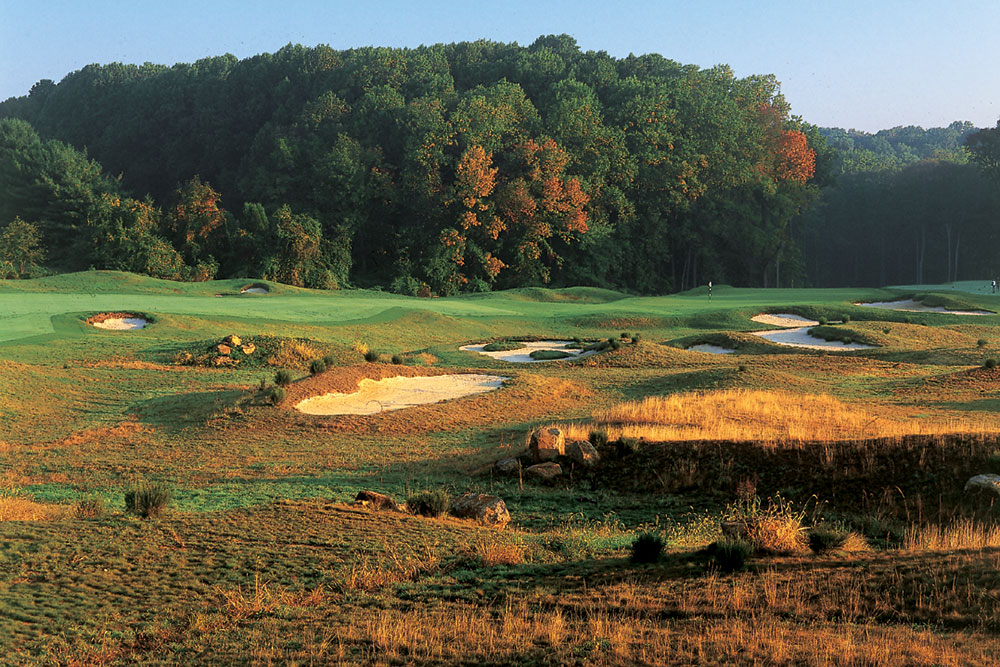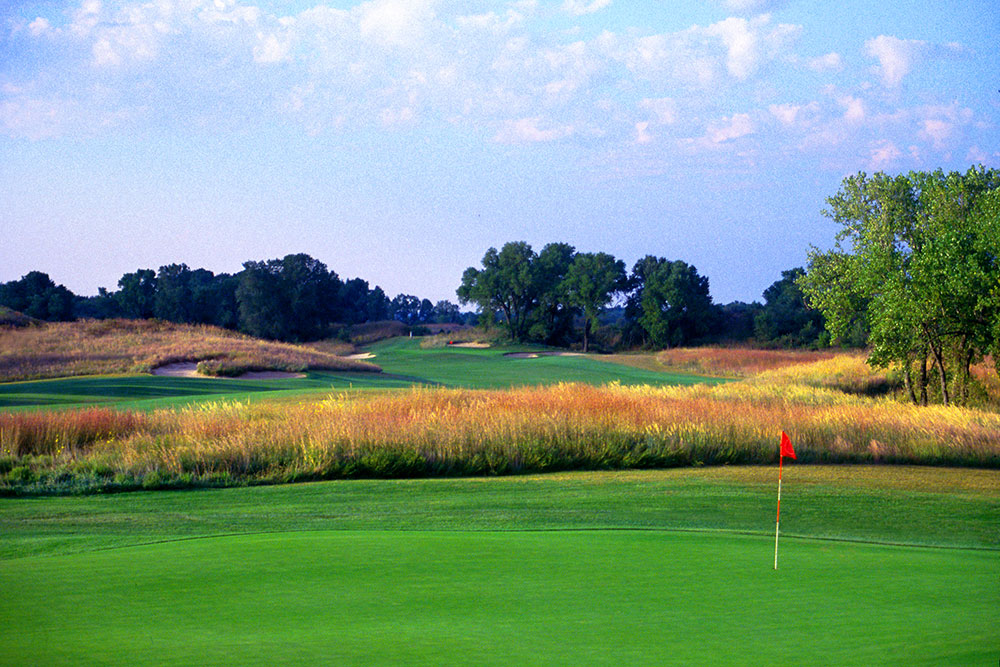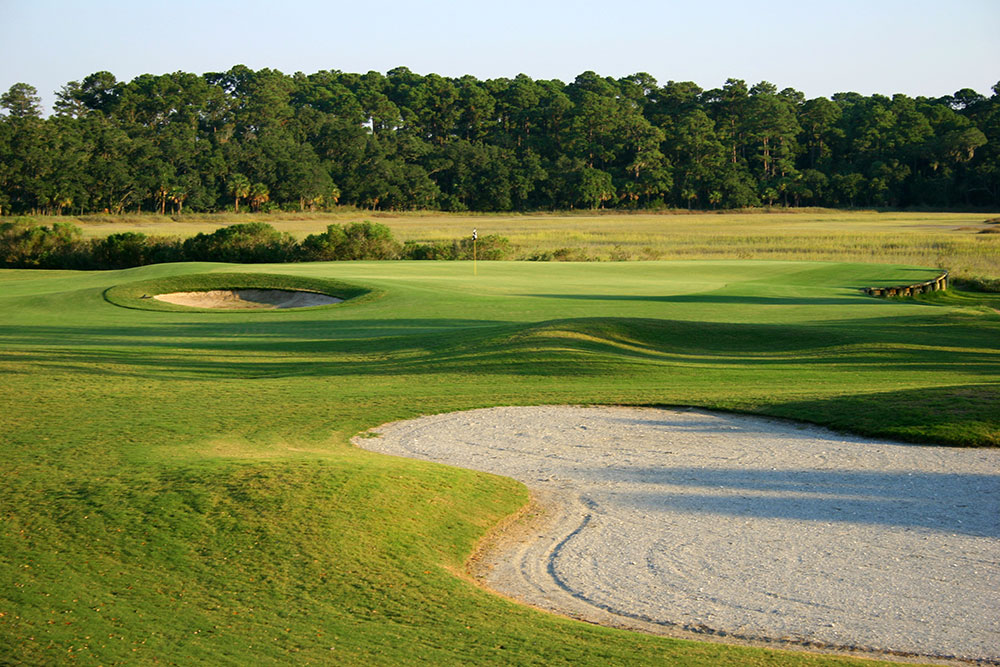Golf Course Restoration

Why Restore?
Many of the older, “classic” courses have been changed significantly over time to the point where they have lost their original identity. A program to restore a classic course to follow the original design’s intent could be very beneficial to a club. Because today’s golf courses have different needs, a combination of restoration and renovation is sometimes more appropriate to add length, restore strategic elements, reduce water use and replace old infrastructure.
When to Restore?
Restoration of an older course should be done when its infrastructure is in need of replacement and when the course has some degree of historical value due to the fame of the original designer or its past history. Restoration will be most effective when there is access to historical records and plans that show how the course was designed.


How to Restore?
The first step in a restoration of any classic course should be to gather as much historical data as possible to provide context for the program. Sometimes, accurate plans and records are not available, but other resources such as older members who have been at the club for a long time, can be a resource. Use of an architect and a builder with experience in restoration work is certainly recommended.
Benefits of Restoration
Restoring an older course can create wide interest in the project from members and the golf media. The history of the course and designer is often brought into greater awareness, generating market visibility. If the restoration is done skillfully, then the facility should have better playing conditions and opportunities to increase membership or rounds.

